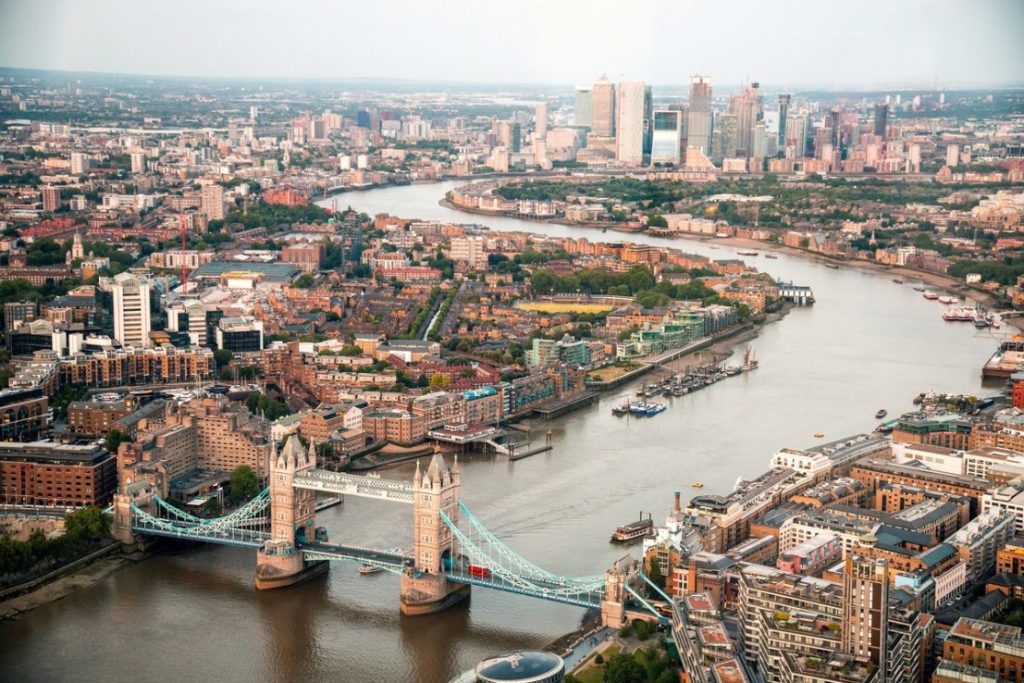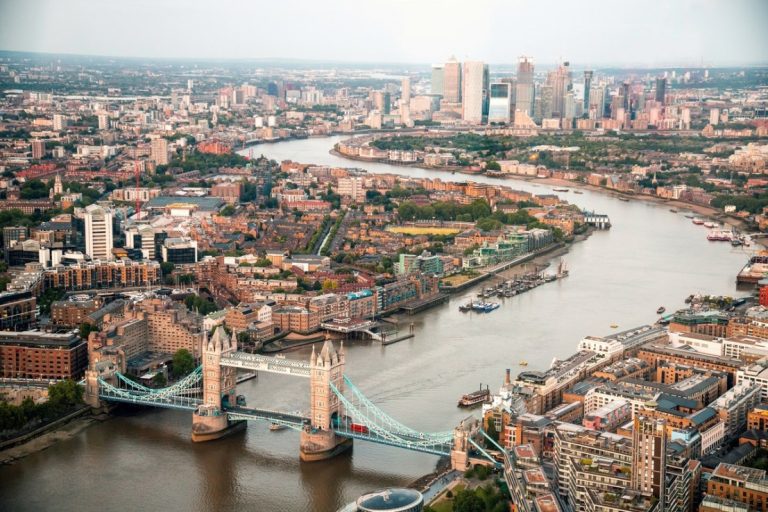
The opening of the Silvertown Tunnel marks a significant milestone for London’s infrastructure, introducing the first new road crossing east of Tower Bridge in more than three decades. This major project aims to connect Silvertown with the Greenwich Peninsula through a 1.4-kilometre tunnel beneath the River Thames, promising to alleviate the notorious congestion problems associated with the Blackwall Tunnel. However, this long-awaited infrastructure development has sparked controversy among environmentalists and city planners.
Alleviating Congestion and Improving Connectivity
The primary motivation behind the Silvertown Tunnel is to combat severe traffic congestion, particularly around the Blackwall Tunnel, which has been a persistent issue for years. The introduction of this new tunnel is expected to facilitate smoother traffic flow and provide more reliable travel times for commuters and logistics operations.
Transport for London (TfL) has announced that tolls will be imposed on both the Silvertown and Blackwall Tunnels as a traffic management measure. These charges, active between 6 am and 10 pm, are set at up to £4 per journey. TfL justifies these fees as a means to manage traffic levels effectively, recover the construction costs, and cover maintenance expenses. Automatic payment systems and off-peak travel can secure discounts for regular commuters.
Financial Considerations and Strategic Investments
The construction of the Silvertown Tunnel was managed by the Riverlinx consortium, a coalition of private financial companies, with an investment over £1.2 billion secured for the project. TfL’s financial forecasts suggest that total repayments over 25 years might surpass £2 billion, indicating the scale and long-term financial commitment involved in this project.
However, non-payment of tolls could incur a penalty of £180, reduced to £90 if settled within two weeks. Certain exemptions apply, such as buses, coaches, black taxis, and zero-emission capable private hire vehicles, reflecting a strategic push towards more environmentally friendly transport solutions.
Environmental and Public Reaction
Despite the optimistic outlook for traffic congestion reduction, concerns regarding environmental impact and urban development remain prevalent. Critics, including Green Party London Assembly Member Caroline Russell, have voiced significant opposition. They argue that the tunnel contradicts ambitions for sustainable and green urban planning, emphasizing the need for infrastructure that prioritizes clean air, safe walking routes, and affordable public transport.
Concerns have also been raised about the cycle shuttle service, described as a short-term solution grafted onto the project. This service is intended to accommodate cyclists for at least one year free of charge, but it has been criticized for being a stopgap measure rather than an integrated solution promoting cycling as a viable mode of transport in London.
A Vision for Future Urban Mobility
In response, a spokesperson for the Mayor of London highlighted the improvements made since the project’s inception in 2012. Key adaptations include dedicated lanes for zero-emission double-decker buses and concessions designed to encourage commuters towards greener transportation modes.
This new development promises to transform travel options within London, with anticipated benefits like reduced congestion and improved air quality. As the city continues to evolve, the balance between infrastructural development and environmental protection remains a contentious issue, underscoring the need for continued dialogue and innovation in urban planning.
As the Silvertown Tunnel opens, it stands as a testament to London’s pursuit of modern transport solutions while navigating the complex intersection of progress and sustainability.



